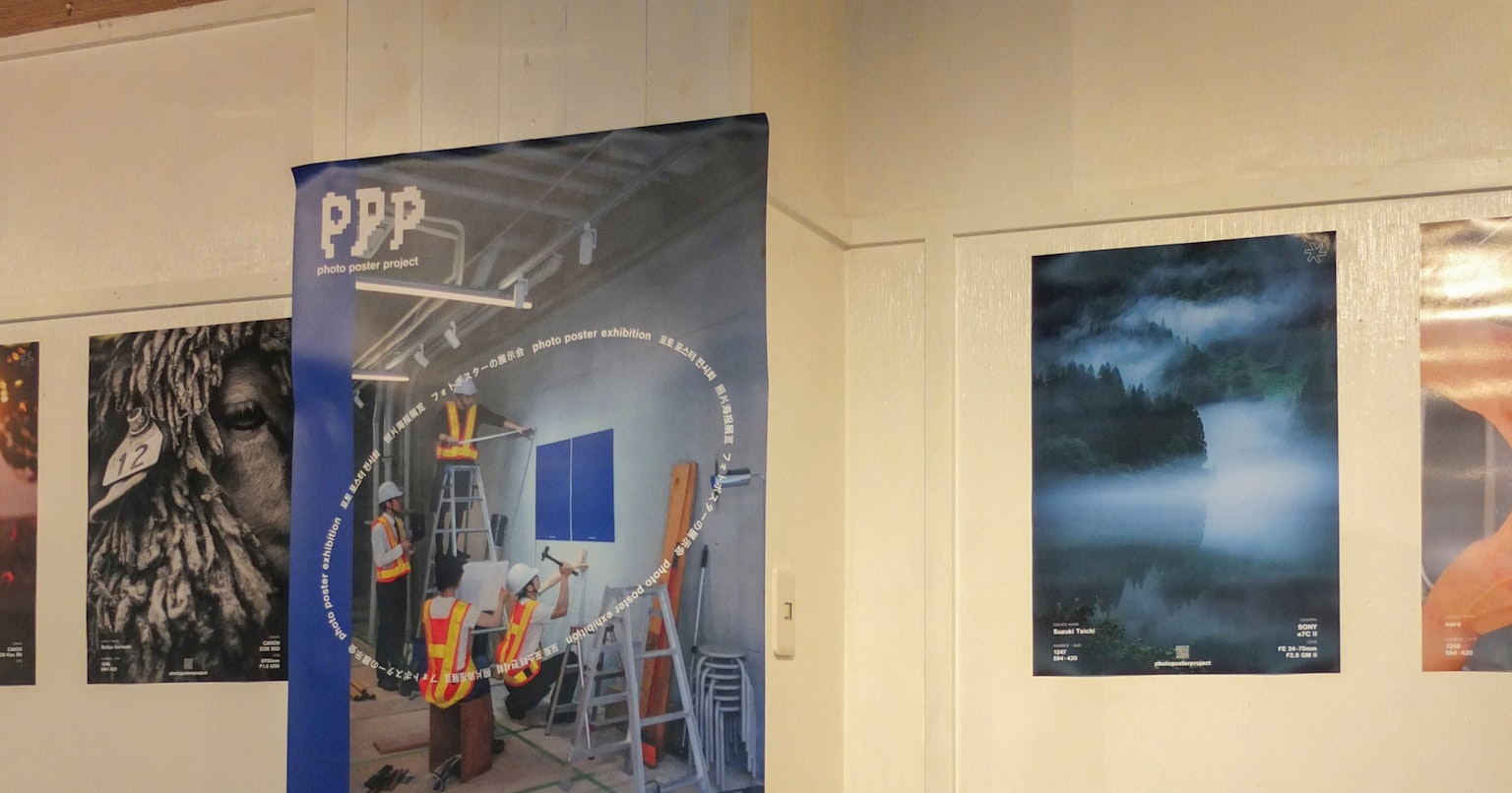Record-Breaking Performance and Market Doubts: Adobe's AI Strategy and the Future of Photography | Release #628

Cover photo by mar00ram
Adobe generated over $21.5 billion in revenue in 2024 and recorded $5.99 billion in sales in the third quarter of 2025. The integration of AI features into tools like Lightroom and Photoshop has significantly transformed workflows for photo editing and design.
However, the stock market remains skeptical about this success. In the fall of 2025, Morgan Stanley downgraded Adobe's stock from "Overweight" to "Equal Weight," citing concerns about slower growth in the AI sector compared to competitors.

Photo by GAMI
Coexistence of Firefly and Third-Party AI Models
Adobe's generative AI tool, Firefly, is trained on Adobe Stock and public domain data, ensuring it is safe for commercial use. Additionally, in 2025, Photoshop introduced the ability to select third-party AI models, such as those from Google, providing creators with a broader range of options for their creative expressions.

Photo by だいひょう
While Firefly excels in generating realistic portraits and landscapes, it is often considered less effective than tools like MidJourney for abstract or artistic creations. As a result, creators must develop the skill to determine "which model to use for which scenario."
The Value of Creators in the AI Era
In an era where AI handles generation and enhancement, the role of creators becomes even more critical as "producers of original material." Paying attention to compositions and lighting that suit AI processing, or deciding "what to delegate to AI and what to finish personally," will form the foundation of new creative workflows.

Photo by しずか
Adobe's AI is not a replacement but a collaborative partner. While the market questions the slow pace of monetization, for creators, it represents an opportunity to expand the possibilities of expression centered around their own photography.



